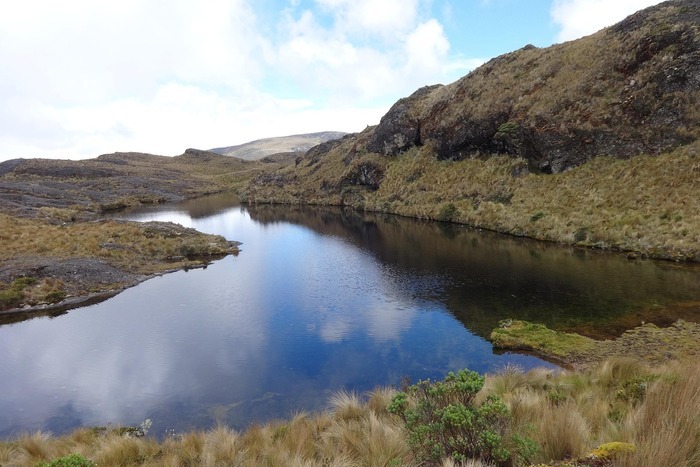The report says that more monitoring and data sharing is crucial to manage the crisis in hand
A new report found that in the past six years only one-third of river basins are in normal conditions as compared to 1991-2020 average. According to the State of Global Water Resources 2024 by the World Meteorological Organisation (WMO), the water cycle has become erratic and extreme, swinging between deluge and drought highlighting the impact of too much or too little water on economies and society.
The report highlighted that 2024 was the hottest year on record and began with the El Nino event which impacted major river basins. It contributed to droughts in northern South America and the Amazon Basin and southern Africa, while central, western, and eastern Africa, parts of Asia and Central Europe experienced wetter-than-normal conditions.
Loss of Glaciers
The lake surface temperature in 2024 was anomalously high and nearly all out of 75 main lakes across the globe saw above average water levels. Meanwhile all glaciated regions in the world reported ice loss last year. The report said that much meltwater adds about 1.2 millimetres to global sea level in a single year, contributing to flooding risk for hundreds of millions of people living in coastal zones.
The report cited a UN report noting that 3.6 billion people face inadequate access to water at least a month per year and this is expected to increase to more than 5 billion by 2050 and the world also fell short of Sustainable Development Goal 6 on water and sanitation.
Celeste Sulio, WMO Secretary-General said, “Water sustains our societies, powers our economies and anchors our ecosystems.And yet the world’s water resources are under growing pressure and – at the same time – more extreme water-related hazards are having an increasing impact on lives and livelihoods.”
Extreme Events Resulted in Mass Fatalities
According to the report, Africa’s tropical zone experienced unusually heavy rainfall in 2024 resulting in approximately 2,500 fatalities and 4 million people displaced. Asia and the Pacific were hit by record-breaking rainfall and tropical cyclones, resulting in over 1,000 deaths. Brazil experienced simultaneous extremes, with catastrophic flooding in the south of the country taking 183 lives and continuation of the 2023 drought in the Amazon basin, affecting 59% of the country’s territory
Highlighting the issues, the report said that there is an urgent need for investments in global water resource monitoring. It emphasised the significant gaps in global water monitoring and open data sharing, particularly in Africa, South America, and Asia, and underscored the need for continued progress in these areas.
“Reliable, science-based information is more important than ever before because we cannot manage what we do not measure,” said Saulo.
About The Author
You may also like
Air Pollution is Changing the Lightning Patterns in India, Study Finds
Temporary CO2 Removal Will Help Offset Methane Emissions: Report
Rise in Fossil Fuel Burning is Making Floods Lethal in Asia
Heatwaves Drove 9% of India’s Power Demand in the Summer of 2024
World Off-Track on Climate Goals as Temperatures are Predicted to Rise: Report

